[ad_1]
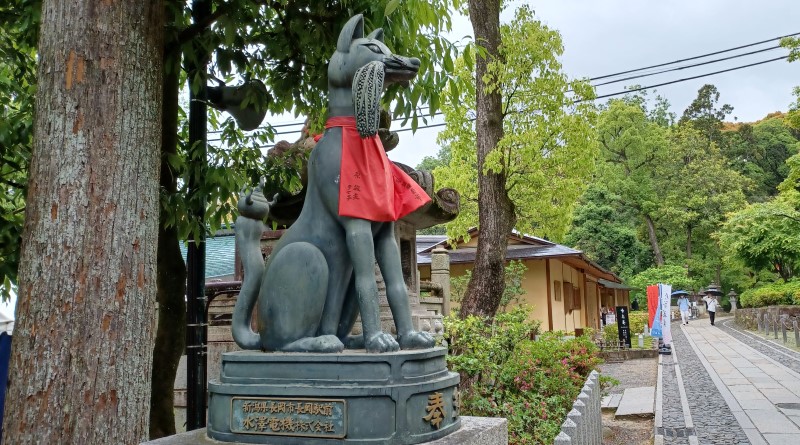
Inari shrines are some of the most common shrines in Japan. Sometimes it seems like they just pop out of any small alleyway, or sit somewhat seemingly out of place near a busy shopping mall. Of course, some of those Inari shrines are now famous tourist spots, such as the infamous Fushimi Inari of Kyoto. It would appear the god Inari is one of the most popular gods in Japan, having a sort of “Inari worship” system all to itself.
However, Inari is not just the god of the harvest. Rather, “Inari” can refer to so many kinds of gods that it is hard to define. By getting a grasp of Inari and Inari worship, you can get a clearer picture of Japanese folk religions and what is “kami” to the Japanese.
Inari Worship: Shinto vs Buddhism
As stated, Inari shrines are numerous and you can find them very easily throughout the county. Some of the most famous Inari shrines are; Fushimi Inari, in Kyoto, Toyokawa Inari, in Aichi, Saijo Inari, in Okayama, and Kasama Inari, in Ibaraki Prefecture. However, a closer look at these shrines reveals that there are in actuality two kinds of places of worship for Inari in Japan: Inari shrines and Inari temples.
Inari in Shinto
If you live in Japan, you might have visited a couple of Inari shrines already. These shrines enshrine Inari gods and if you know Japanese mythology, you might know that those Inari gods represent Ukanomitama, known as a god of fertility and business prosperity.
At Inari shrines, there are several statues of foxes on the shrine grounds as foxes are the messengers of Inari. This is because foxes often appear in rice fields during harvest season, though there are many folk stories that explain the relationship between Inari are foxes.
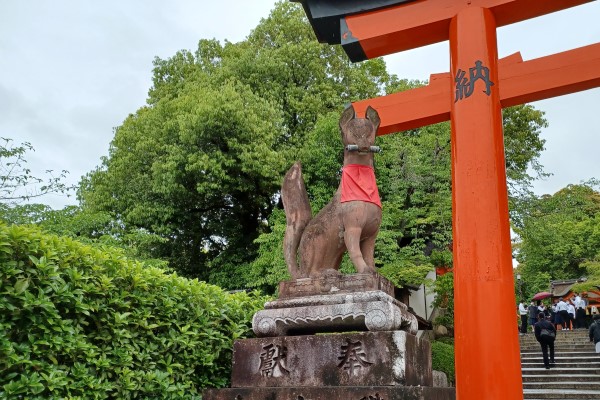
The most popular Inari shrine is Kyoto’s Fushimi Inari Shrine. Fushimi Inari Shrine, allegedly built in the 1st century, essentially developed the Shinto version of Inari worship.

Don’t be surprised if you find some fried tofu hanging around in an Inari shine! Japanese culture says that foxes like fried tofu, so some people leave it as an offering.
Inari in Buddhism
You may wonder how Inari worship takes place at both temples and shrines.
While many Inari shrines enshrine the Japanese Inari god, Inari temples enshrine the Buddhist deity Dakiniten, who was introduced to Japan from India by the famous monk, Kukai.
Dakiniten is often depicted as a goddess riding a white fox. Therefore, the Japanese people began to identify Dakiniten as Inari because foxes are also sacred in Shinto Inari worship.
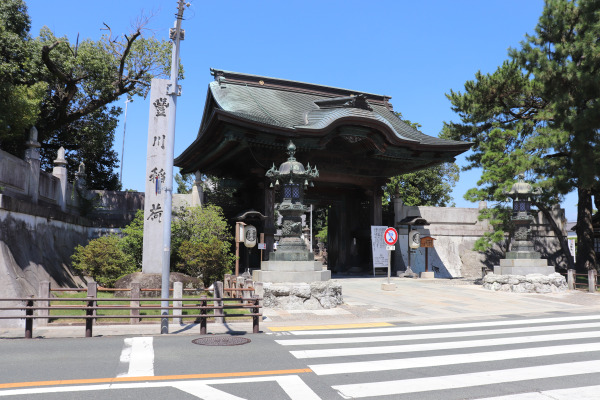
In the Heian period, an Inari shrine became the guardian shrine of Toji Temple in Kyoto. This resulted in further blending the Shinto and Buddhism versions of Inari worship. To complicate the matter more, Aizen-ji contributed to spreading the Buddhism version of Inari worship. However, that temple sat on the shrine grounds of Fushimi Inari Shrine.
Later, in the Meiji Period, laws prevented shrines and temples from mixing their practices anymore. These regulations essentially forced any place of worship housing traditionally believed Japanese kami to become Shinto Shrines. As luck would have it, two famous Inari temples, Saijo Inari and Toyokawa Inari were not forced to convert to Shintoism, due to their popularity.
Inari Worship as Folk Religion
While it was not unusual for Shintoism to mix with Buddhism, what made Inari worship truly complicated is that many common Japanese people practiced some form of Inari folk religion. People would name their own Inari gods by just using the honorific title “Okami” and worship that god in their private shrines at home.
As Japanese society shifted from an agricultural to an industrial society, the nature of these Inari gods also gradually changed. Now, Inari gods brought more than an abundant harvest, they brought commercial success too. And as Inari evolved, Inari worship gained even more popularity with people all over the county.
Odai
When talking about Inari worship it is also essential to mention “Odai”, who played a significant role in spreading Inari worship. An Odai is more or less an oracle that tells the messages of Inari to people.
Records of Odai are not widely available, but they were quite common in the early 20th century and some of them became really famous, namely Sunazawa Tamae. An Odai would listen to various kinds of problems people had in their lives and then asked Inari answers. An Odai could acquire a lot of followers and some even opened special churches for Inari worship.
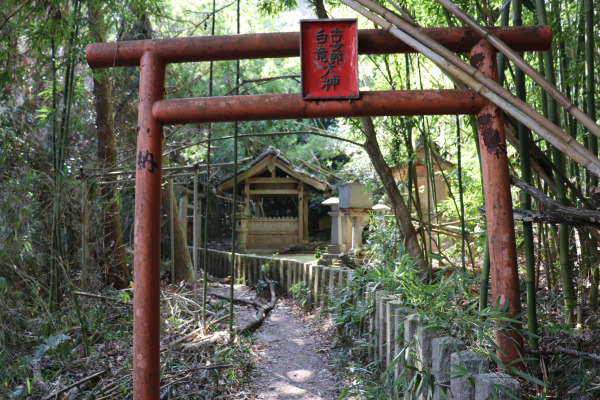
Odai no longer exists but it is no doubt that they played a huge role in spreading Inari worship.
Current Inari Worship
As a result of the Meiji Period regulations forcing the separation of Buddhism and Shintoism, not were people’s private Inari shrines removed, but so were those little odai churches— even Aizen-ji Temple was taken down. The backlash to this was that people instead made otsuka on Mt. Inariin in order to enshrine their own private gods.
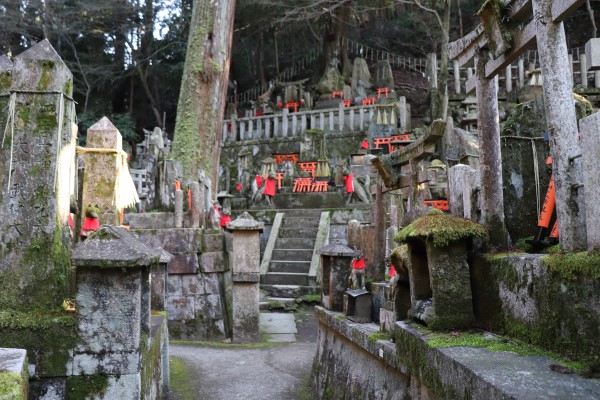
Also, if you see a little shrine in the corner of a factory or a building, it is often a little shrine to that business’s own private Inari god, not Shino’s Ukanomitama.
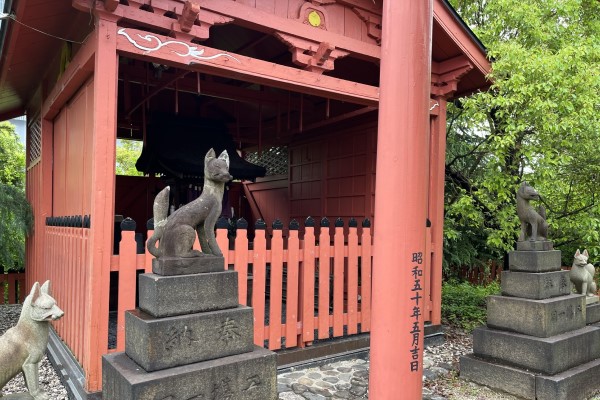
Today, Fushimi Inari Shrine is more like a tourist site than a place of worship. That being said, there are still plenty of people who seriously practice a form of Inari worship with characteristics unique from Shinto, such as Inari Chants (something akin to Buddhist chants) and waterfall meditation, which is common in Shugendo, or Moutain Buddhism.
[ad_2]
Source link

